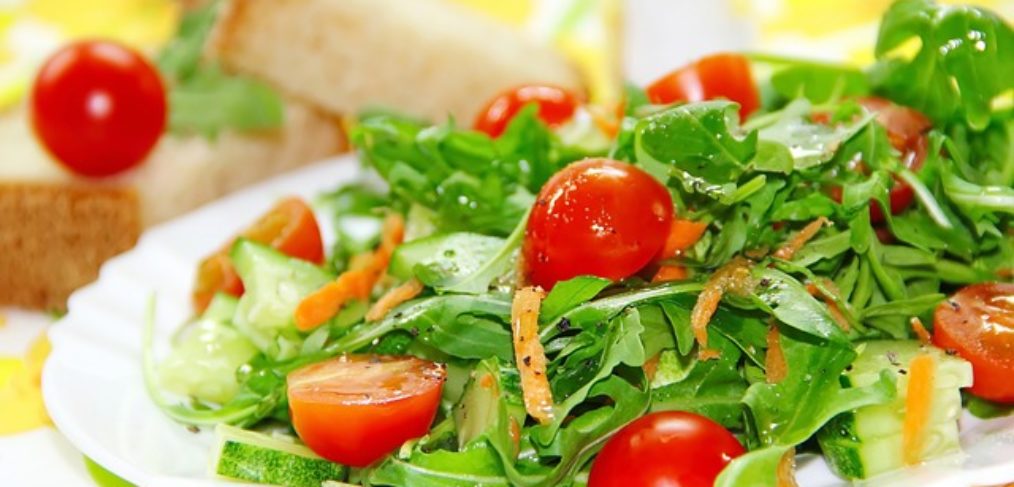
Easy-Peasy Probiotics
Do you think of pills when you hear the word “probiotics”? Perhaps you envision yogurt. Or sauerkraut. So, if I told you to eat your probiotics every day – for life – you’d probably roll your eyes at me.
Probiotics Help with Cravings, Stress and Fatigue
The microbes in your gut are really a kind of organ that aids digestion, boosts immunity, manufactures vitamins, and communicates with your brain. The kinds of foods you eat influence the kinds of strains that live in your digestive system, and the kinds of strains that inhabit your body, in turn, influence the types of foods you crave, the emotional responses you feel, and the optimal wellness you attain. To feel better, most Americans need to boost their probiotic populations in both diversity of strains and sufficiency of each strain.
Probiotics Can Be Condiments At Every Meal
From kimchi to pickled beets, and from miso to capers, foods have been naturally preserved with probiotic cultures for centuries, with almost every society having vegetables, dairy products, or beverages that were probiotically active – until the industrialized age, when food preservation techniques changed to involve heat processing and sealing. Today, you can buy Gherkins and herring that aren’t actually pickled. You need to look for the words “live active cultures,” “on the label to know that you are getting a product that actually contains beneficial living organisms.
But while soy sauce and giardiniera may be mass produced today without adding helpful bacterial strains, you can easily turn your kitchen into a laboratory for probiotics without any fancy equipment. Some vegetables, a few mason jars, and some sea salt are all you will need to begin making your own active foods.
Then you can whir them into smoothies, dress up your meats, complement your salads, and enliven your desserts. Some of my favorites are Dilly Beans, Gingered Carrots, and Creme Fraiche.
One of my preferred sites for recipes is Cultures for Health. Traditional Cooking School also has some great resources. Below is a very simple, family-friendly recipe for gingered carrots that comes from Firefly Kitchens. Firefly’s recipe book, Fresh and Fermented, uses a few simple sauerkraut variations to make everything from peanut sauce for chicken satay to strawberry salsa for your fish fry.
But the gingered carrots are a good place to start because even children love these crispy, tangy shreds on their salads.
Yin Yang Carrots
8 c. (about 2 lbs.) coarsely grated carrots
6 teaspoons sea salt
2-4 teaspoons grated fresh ginger
Put the carrots in a large bowl and sprinkle them with the salt. Use your hands to thoroughly work the salt into the carrots. When the carrots have shrunk down to about half their original volume and have generated a briny, watery base, taste and add more salt or water if necessary. Add 2 teaspoons ginger, making sure it’s evenly distributed throughout. Taste and add additional ginger if stronger flavor is desired.
Pack the carrots tightly into a quart jar until they’re about 2 inches below the rim, pressing them down until the juices completely cover the compressed carrots by about an inch. You may need to weigh the carrots down with a small glass object or even a sterile rock. Add the lid to the jar, not so tightly that gasses cannot escape, and leave at room temperature for about a week. If needed, add more liquid to keep carrots covered (using a ratio of 1 1/4 tsp. salt for every cup of water). When flavor has developed to your liking, transfer to refrigerator and store for up to 6 months.

One comment